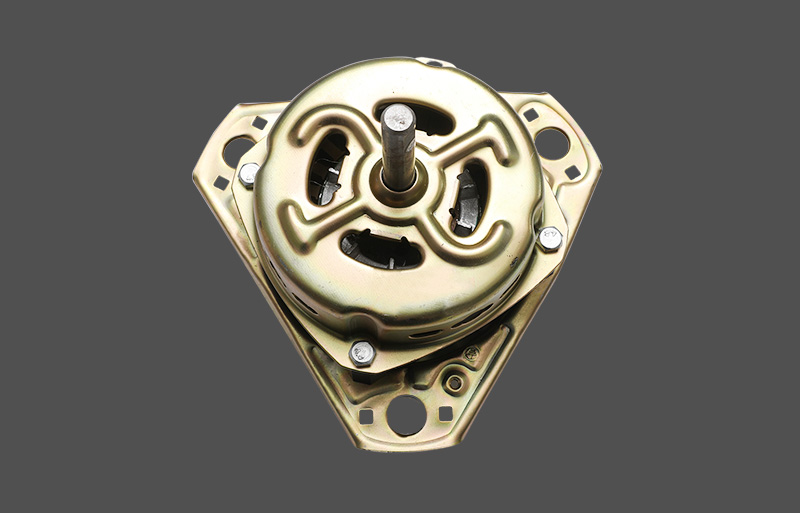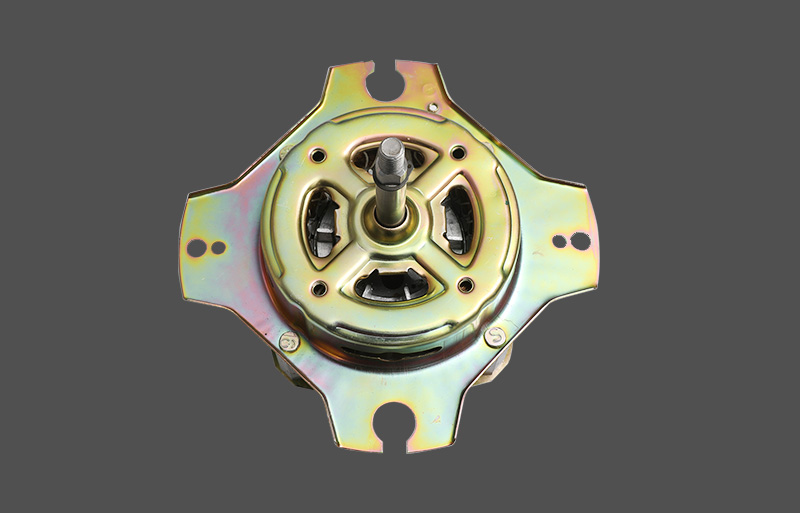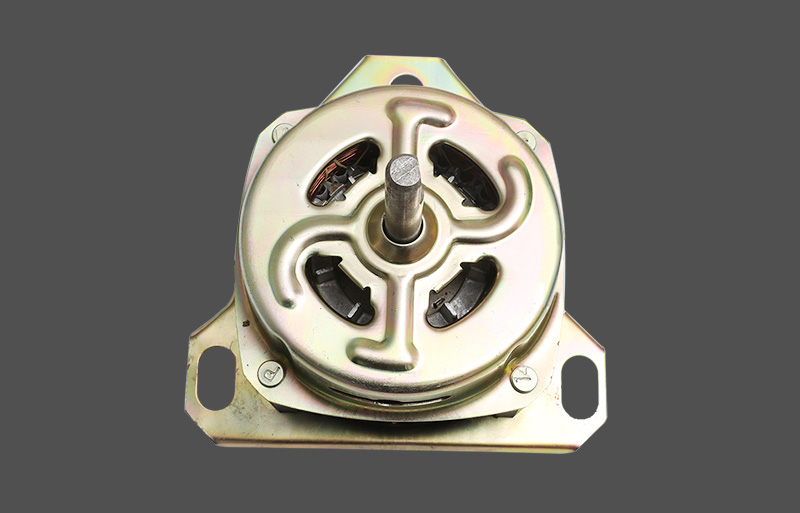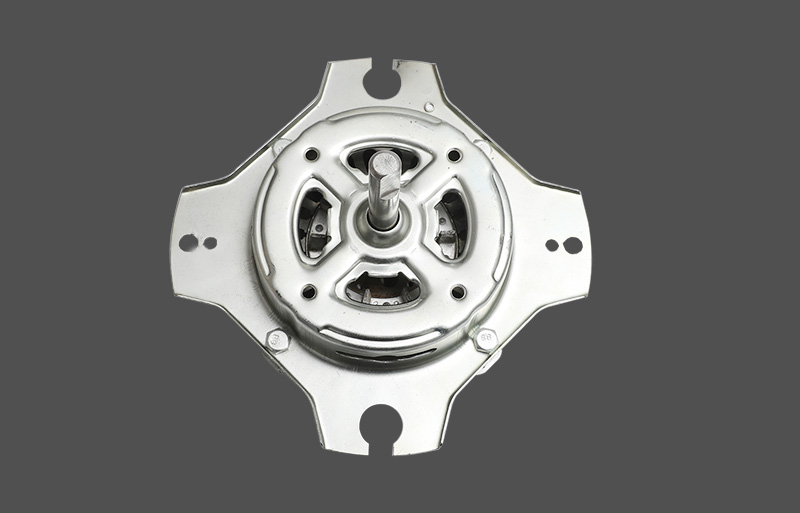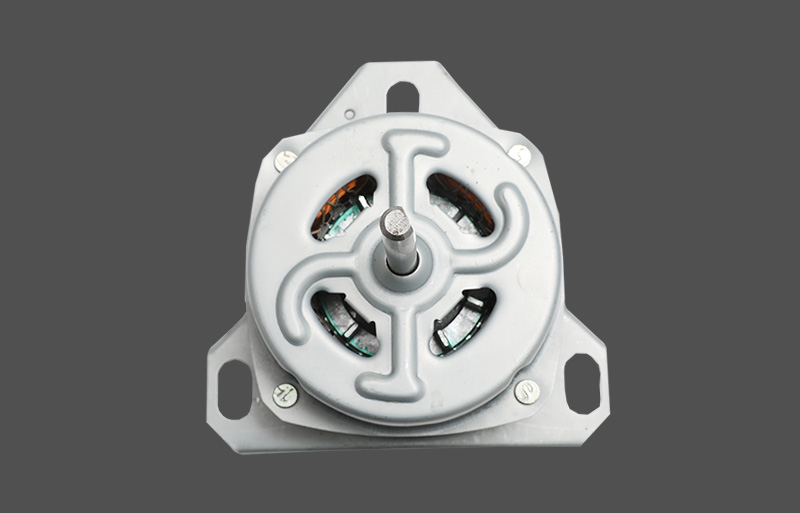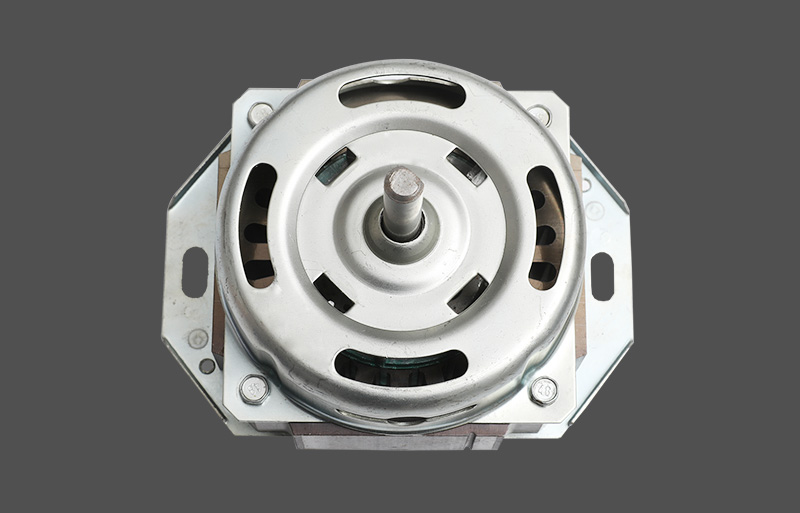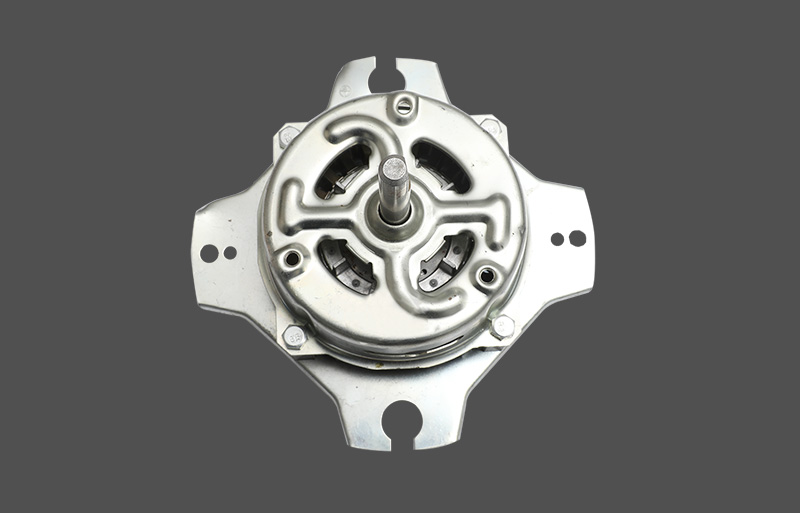washing machine
The three-phase AC induction washing machine drive responds to the new market demands for higher
performing appliances. The aim is to provide maximum drive performance at a competitive price, served
particularly well by Freescale Semiconductor's recently introduced 56F801x family of hybrid digital
signal processor/microcontroller (DSP/MCU) embedded controllers. An example drive design based on
the MC56F8013 offers the product designer plenty of computing power with advanced peripherals at a
very good price/performance ratio. The most important features of the drive include:? Three-phase AC induction motorMotor For Washing Machine Wholesalers
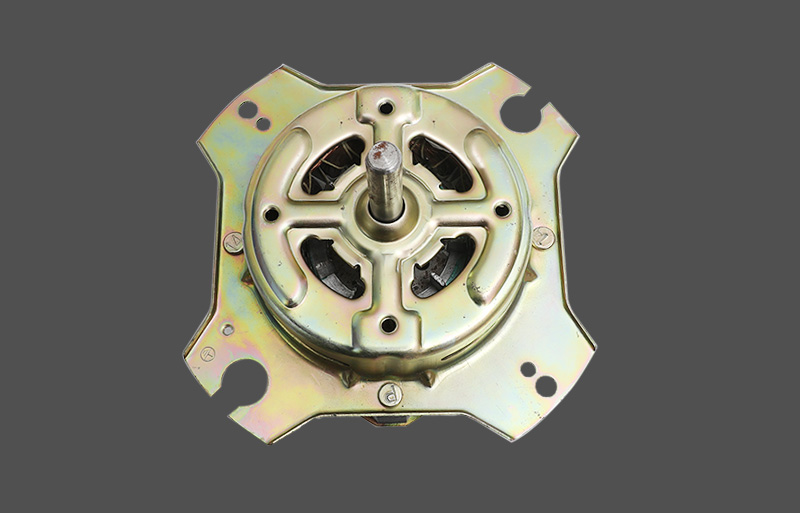
1Cost-efficient tachogenerator on motor shaft for speed sensing
2 Indirect vector control algorithm
3 Speed range 0 - 20000 RPM (motor speed), 0 - 2000 RPM (drum speed)
4Reconstruction of three-phase currents from DC-bus shunt resistor
5 Non-recuperative braking and deceleration control
6 Loss-minimizing control
7Over-current, over-voltage and under-voltage protection
8 Out-of-balance detection for spin dry
9 Serial RS232 control interface
It should be highlighted, the presented drive was developed with considerable unique requirements of the
washing machine application. The drive is designed to run a very wide range of speeds, from 0 - 20000
RPM. It is optimized to accept a wide range of loads. This feature reflects the condition of a real washer,
required to run reliably with both an empty drum and a drum fully stacked with wet and heavy clothes.
Another specific feature of the washer application is the ability to develop a high start-up torque for the
motor to force the full drum to move. As the efficiency of washing depends on precise speed control of the
washer drum, the presented drive comes with a PID speed control closed loop. Thanks to the inner closed
current control loop, the presented drive features high dynamics to achieve top performance control. It is
required to shorten the washing cycle as much as possible. A shortened washing cycle is achieved by using
a non-recuperative braking algorithm to stop the drum when it finishes a high speed spin-dry; a very
important aspect is energy efficiency. The presented drive comes with a loss-minimizing algorithm to run
at an optimum operating point and so save on valued energy. Thanks to selected control techniques, the
drive shows high immunity to motor parameter tolerances and to changes during its operation and
life-time.
Emphasis was put on the design of a product capable of competing in a market as cost sensitive as white
goods market require. Considering cost effectiveness, the drive reduces the number of current sensors. The
number of current sensors for sensing the motor current is reduced from three to a single-shunt resistor on
the DC-Bus. The three-phase motor currents are reconstructed from the DC-Bus current using an advanced
reconstruction technique.




